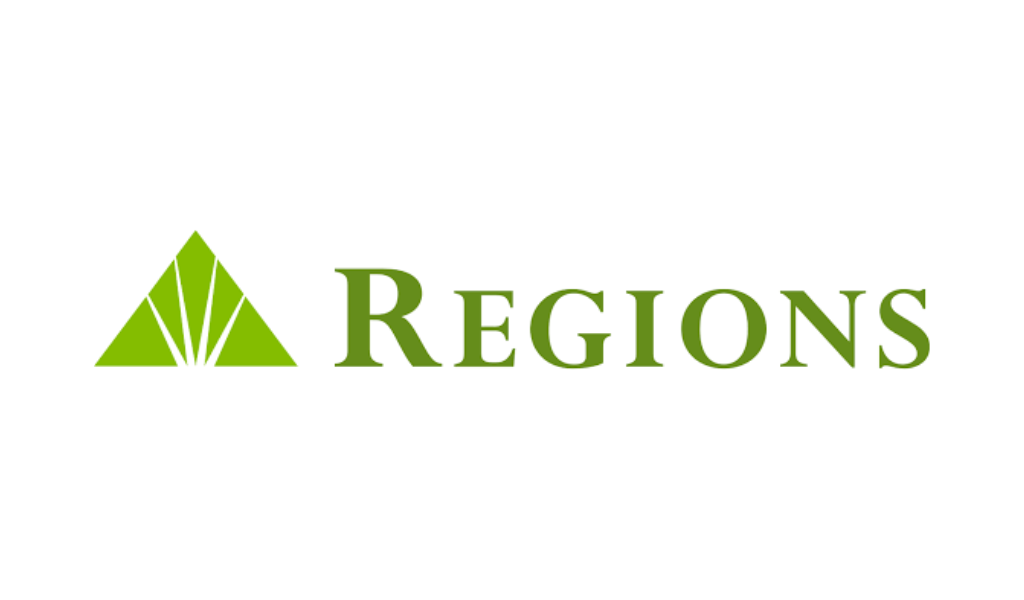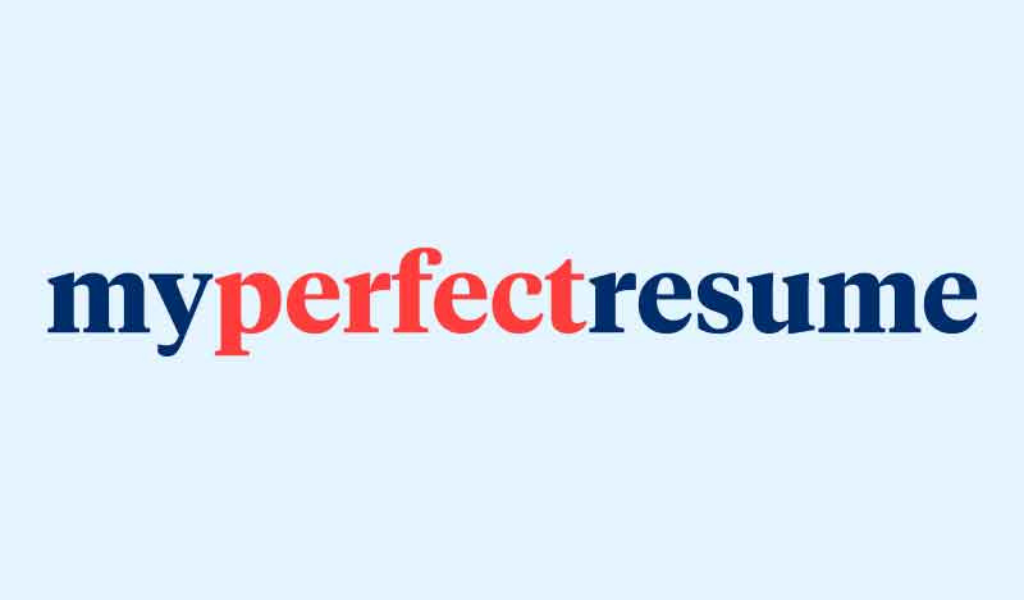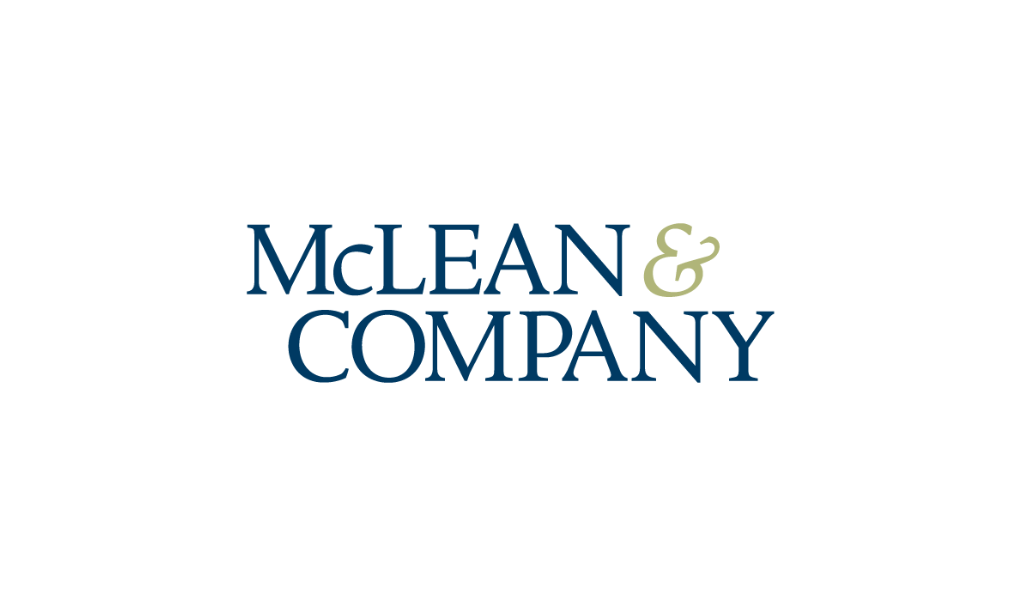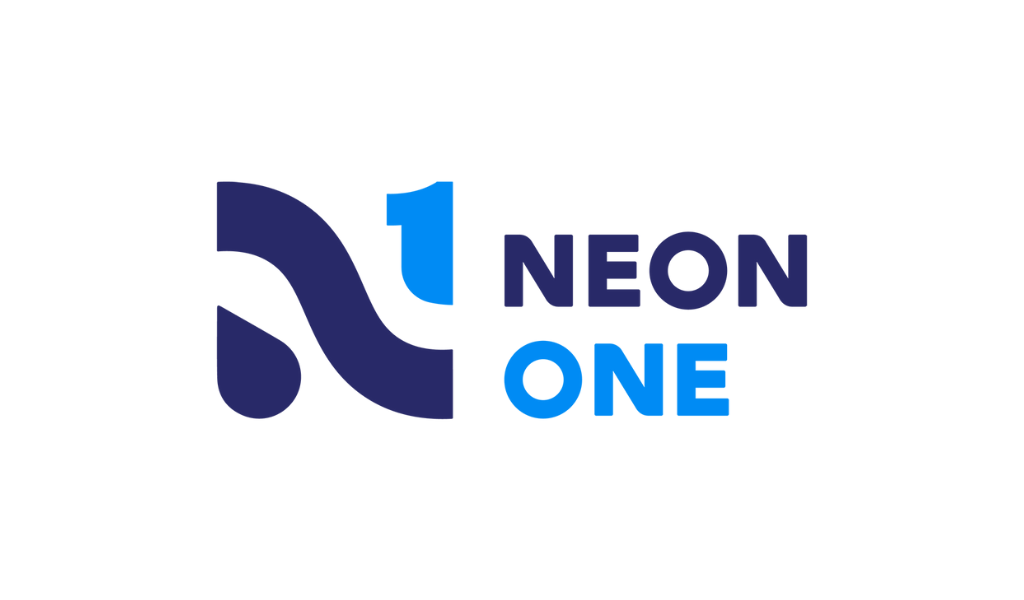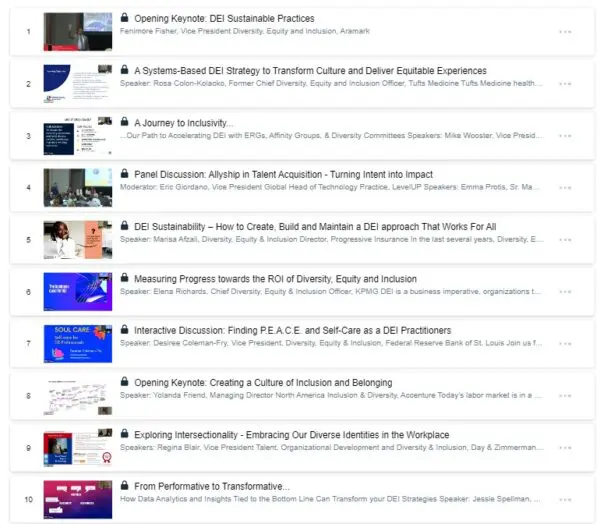Most North American organizations are communicating pay program information to their employees, according to a survey by leading global advisory, broking, and solutions company WTW. The 2024 Pay Transparency Survey finds several factors, including increasing regulatory requirements around the globe such as the EU Pay Transparency Directive, are encouraging North American organizations to establish pay transparency strategies. These strategies include assessing their job and pay structures, evaluating their pay policies and practices, conducting pay gap and pay equity analytics, and preparing for increased pay communication and education among all stakeholders.
The survey finds communicating job level (74%), variable pay opportunities (58%), and how individual base pay is determined (65%) is already typical across the region, with at least 55% of respondents doing so or planning to do so. Sharing individual employee pay ranges and how pay ranges are determined is also likely to become prevalent as pay transparency legislation continues to proliferate across the U.S., Canada, and Europe.
When it comes to sharing pay ranges with job candidates, most organizations are already communicating the hiring range for jobs to both their external candidates (75%) and internal candidates (69%). For organizations with operations in North America that are already communicating information, most (86% in the U.S. and 58% in Canada) are communicating pay rates or pay ranges across the entire country or region regardless of state or provincial regulations.
According to the survey, regulatory requirements are the most common driver (73%) of increased communication about pay programs. Other commonly cited factors include confidence in their company values and culture (47%) and employee expectations (46%).
“Employers are seeing an increase in regulatory requirements around the globe, which has forced many to act fast and comply with a consistent minimum standard, regardless of location,” says Mariann Madden, North America pay equity co-leader at WTW. “As a result, we’re seeing employers across North America increase the visibility of pay information as well as provide clarity to employees about their pay. Now is a good time for organizations to review their job and reward structures. A clear, consistent and well-documented pay transparency strategy will ensure accurate pay information is shared with both job candidates and employees.”
While progress in pay transparency is being made, employers still fear repercussions. Most employers expect more questions about compensation from employees (72%) and managers (71%). Employers also anticipate more requests for pay negotiations (57%) and off-cycle pay changes for existing employees (43%).
The survey reveals, however, that employees’ questions most often focus on how an individual’s pay aligns with the organization’s pay programs, which includes pay positioning (80%), pay management (72%), visibility (56%), and compensation program terminology (44%).
Regardless of the legislative landscape, over half of North American employers (56%) are establishing metrics to assess the impact of their pay transparency strategy. Employers are evaluating employee retention (40%), questions received from employees (37%) and managers (37%), and the change in gender pay gap (36%).
“There has been a step-change in pay transparency as more organizations choose to be open about their pay structures and practices,” says Lindsay Wiggins, North America pay equity co-leader, WTW. “We see that employers are still wary of their employees’ reactions. The increase in transparency raises questions and comparisons between job postings for prospective employees and how they stack up with internal salaries and has the potential to surface many of the inequities that have resulted from a recent emphasis on hiring people higher in the range and salary compression for existing employees. By strengthening pay policies and HR/manager guidance to support pay decisions upon hire, for a promotion and during the annual review cycles, employers can reduce the risk of pay inequity.”

